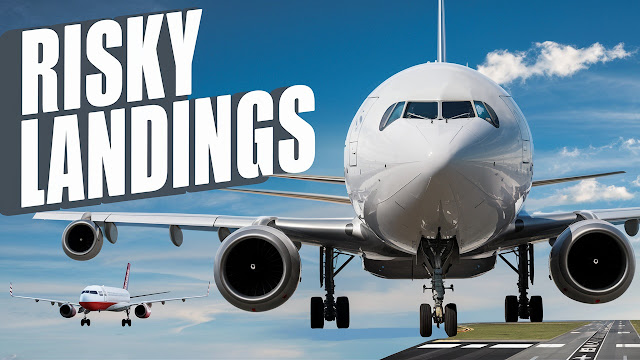The spate of near-miss incidents in some of the busiest United States airports sparked a comprehensive Federal Aviation Administration, FAA, audit on runway incursions.
45 Major US Airports Under Review
The FAA announced it was launching the audit to review runway incursion risks at 45 of the nation's busiest airports Tuesday, Oct. 15. The decision comes amid growing concern after several close-call incidents across the United States, including a near-disaster at Nashville International Airport, or BNA, in Tennessee. Air traffic controllers at the time cleared an Alaska Airlines jet for departure down a runway where a Southwest Airlines flight had been cleared to cross.
It also tends to carry out a risk profile for each airport through an analysis of the existing procedures, equipment, and operating processes at those airports. That makes the audit look out for weaknesses in recommending improvements which will go into a report that it will share by early 2025.
FAA's Traffic Safety Oversight Service Takes the Lead
The FAA's Traffic Safety Oversight Service has been leading the audit, with the agency claiming it's "committed to identifying and mitigating risk at every level." A measure considered one of the big steps toward addressing the alarming growth in the number of runway incursions over the past two years.
This review comes after calls last November 2023 from an independent aviation panel for immediate action to improve industry safety. It observed that a mix of air traffic controller shortages, inexperienced pilots, and antiquated technology are some of the contributing factors driving up the risks.
Staffing Issues and Industry Growth Increase the Pressure
The FAA audit underlines how the US ATC system is under growing stress. Following the COVID-19 pandemic, the aviation sector saw record year-on-year air traffic growth in 2023, putting added pressure on an already stretched system. Particular concern has been at the staffing of many facilities, which is usually so short that forces air traffic controllers to work overtime.
To that, President Joe Biden has supported legislations to hire more air traffic controllers; he proposes to add 2,000 new controllers over the coming years. The FAA brought onboard 1,500 last year, and the White House has allocated $26 million toward upgrades of technology focused on improving safety in aviation.
New Safety Technology in the Pipeline
This has included new surface-awareness technology installations at airports such as Nashville International Airport due to FAA safety enhancements. However, whether this technology was turned on at the time of the Alaska Airlines-Southwest Airlines near-miss remained unknown.
Flight Reductions Due to ATC Shortages
Shortages have also forced the FAA to trim flight operations at major airports. This summer, for example-the period between June and October-the FAA eased its in-the-air requirements for airports serving New York City. A critical staffing at many facilities, a June government report noted, has translated into ongoing risks to air traffic safety. Existing ATC staffers are being forced to work overtime, with some controllers putting in six-day weeks to manage the demand.
Fewer Incidents, Yet Still a Concern
While near-miss incidents have decreased over the past year or so, at least 19 close calls were reported by the FAA this year, where planes came perilously close to other planes. Along with this audit, extra hiring, and technological investments, the incursions should reduce and improve general aviation safety.
The audit also noted that there is a growing concern: the aviation industry is closely watching FAA efforts to address and prepare for a safer future in the skies.




Thanks...
ReplyDelete